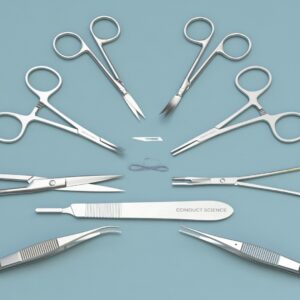$1,990.00
The 3-Chamber Sociability Chamber is used to investigate social behavior in rodents. This setup is designed to evaluate various aspects of social interaction, with customizable features that can alter experimental conditions. The design allows for social engagement while preventing aggressive interactions, ensuring the collection of reliable and relevant data. Key metrics measured include the number of transitions between chambers, time spent in direct contact, and specific behaviors such as jumping and grooming.
Accessories for this chamber include floor cues, stainless steel grids or perforated steel to create aversive stimuli, and removable doors for conducting both biased and unbiased conditioned place preference tests.

MazeEngineers offers custom-built behavioral mazes at no extra cost—designed to fit your exact research needs. Eliminate reproducibility issues from poor sizing or lingering scent cues with precision-engineered, modular, and smart mazes that adapt in real time to animal behavior. Publish new protocols, run adaptive experiments, and push the boundaries of behavioral science.



| Mouse | Rat |
|---|---|
| Total Cage Size: 40.5 cm x 60 cm x 22 cm (height) | Total Cage Size: 40.5 cm x 80 cm x 40 cm (height) |
| Round Wire Cage: 10 (diameter) 20 (height) | Round Wire Cage: 15 (diameter) 30 (height) |
| Includes 2 round acrylic cages | Includes 2 round cages |

This 3-chambered device is a fantastic contraption for researchers studying socialization who require an apparatus in which variables may be altered to change the premises of the experiment. The design permits socialization but disallows aggravated socialization so that auspicious and accurate data may be collected. Measurable factors include transitions between chambers, time spent in direct contact, and unique behavioral variables such as jumping and grooming. Accouterments for this product include floor cues, stainless-steel grids or perforated stainless-steel, to forge an aversive stimulus, and removable doors to establish biased and unbiased conditioned place preference testing.
| Weight | N/A |
|---|---|
| Species | Mouse, Rat |
You must be logged in to post a review.
There are no questions yet. Be the first to ask a question about this product.
Reviews
There are no reviews yet.